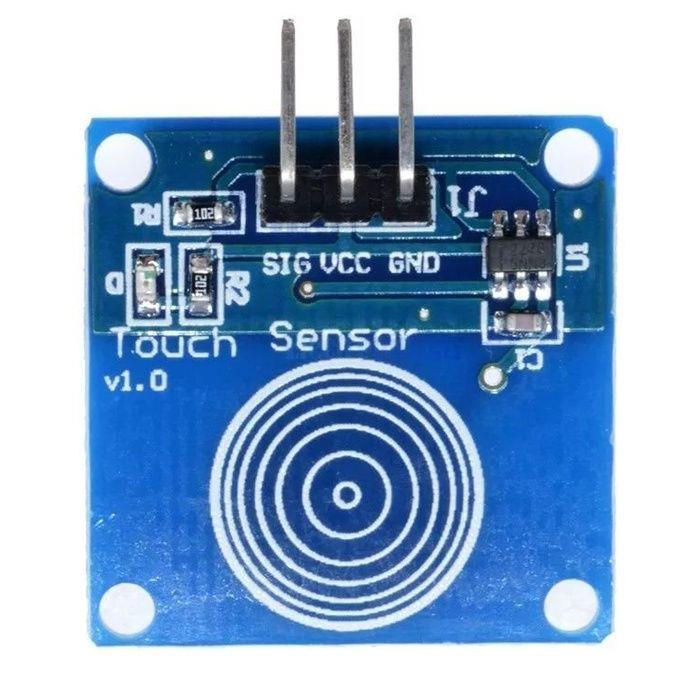Interface Innovation

Capacitive touch buttons have revolutionized the way we interact with electronic devices. Unlike traditional mechanical switches that rely on physical movement and pressure, capacitive touch buttons operate using the electrical properties of the human body. When a finger approaches or touches the button surface, it causes a change in capacitance, which the system detects and translates into a command.
This contactless operation allows for a sleek, seamless interface ideal for applications where aesthetics and hygiene are priorities. You’ll find capacitive touch technology widely implemented in smartphones, home appliances, automotive controls, industrial panels, and medical equipment. Their ability to function behind glass, plastic,
or acrylic surfaces makes them especially useful in harsh or sterile environments where mechanical buttons may wear out or collect dirt.
Another key advantage is durability. Since there are no moving parts, capacitive touch buttons tend to have a longer lifespan and require less maintenance. They also enable modern features like gesture control, multi-touch recognition, and haptic feedback for an enhanced user experience.
Design flexibility is another strong point. Capacitive buttons can be backlit with LEDs, integrated into curved surfaces, or combined with other input technologies like proximity sensors. This versatility allows designers to create intuitive and futuristic user interfaces without compromising performance.
In a world where user experience, design, and reliability matter more than ever, capacitive touch buttons stand out as a cutting-edge solution bringing elegance, functionality, and innovation together in every touch.
